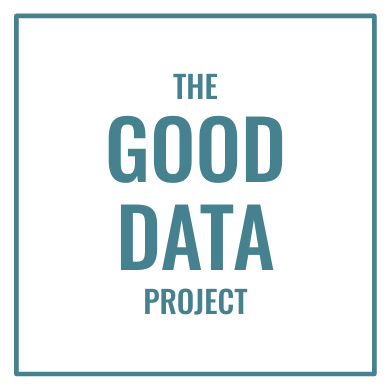Few companies make better data graphics than Facebook. But few companies violate the golden rule more often.
I’m referring primarily to the golden rule of charts and graphs: “Display all the information you need to tell an honest story, and no more.” Though, as the Wall Street Journal story “Facebook Knows Instagram Is Toxic For Teen Girls” makes clear, Facebook frequently and spectacularly violates that other golden rule as well.
The Journal reports that Facebook executives studied Instagram’s effects on teenagers’ mental health, then shared the devastating results internally. According to the article, those findings include the fact that “thirty-two percent of teen girls said that when they felt bad about their bodies, Instagram made them feel worse.”
The article reveals leaked slides from Facebook’s study, and the data graphics are predictably impeccable. They almost perfectly adhere to the golden rule of charts and graphs’ first two points:
1. Tell a story. Boy do these graphics tell stories. The data reveals 19% of American teens and 21% of British teens say Instagram hurts their mental health — and that this negative impact is significantly stronger among teens who already struggle with self image. The charts show that Instagram makes many teens feel unattractive and friendless. And the slide titles don’t pull punches, stating simple but important facts like “One in five teens say that Instagram makes them feel worse about themselves.”
2. Display all the information you need, and no more. These charts contain everything a reader needs to understand the data. They feature well-labeled data points and axes. The colors and the key are easy to read. Each graphic clearly includes the survey question and sample size depicted. Facebook also included notes under some charts to help readers better understand the data.
It’s third part of the golden rule where Facebook fails:
3. Make sure it’s honest. Chart designers have lots of ways to lie with data graphics, like playing with scales and leaving out undesirable data points. Give Facebook’s chart-makers credit: These graphics appear to show the unvarnished truth.
But while these data graphics are impeccable, the Journal reports Facebook’s top executives still managed to violate the golden rule: By pretending these charts don’t exist. Even though the Journal says everyone including Mark Zuckerberg saw this data in early 2020, company leaders continue to claim their research shows Instagram’s impact on teens is either positive or “quite small.”
If you wonder why the golden rule of charts and graphs includes the word “honest,” you’d be shocked to see the dishonesty I’ve seen some executives, salespeople, and chart-makers attempt in their data graphics. It doesn’t matter whether you lie by misrepresenting your data or by hiding that data; either way you’ve failed both golden rules.
You shouldn’t be surprised at the lengths Facebook goes to protect its power and its profits. But this is a useful reminder that even the best data in the world can’t do its job if it’s buried.
Think Zuckerberg was right to hide this data from Congress and the public? Let me know in the comments below, or on LinkedIn or Twitter.
Want good data delivered to your inbox? Subscribe here.

